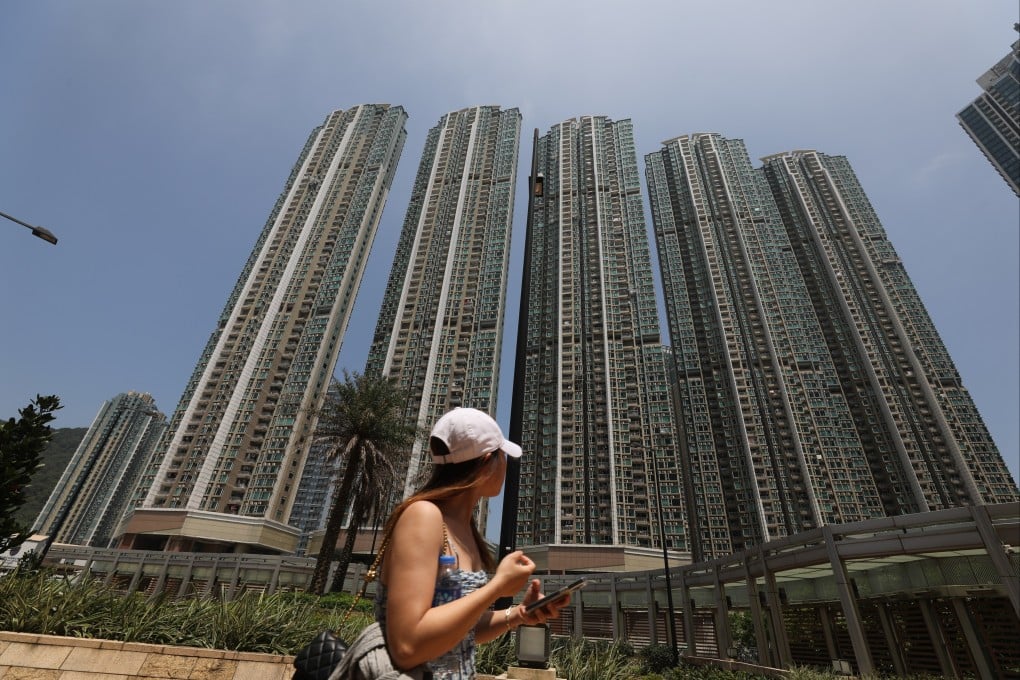Opinion | Ticking time bomb: just how widespread are Hong Kong’s undetected illegal property renovations?
- Illegal renovations on a flat only surfaced after a video was posted online. This raises the question: how many more similarly compromised apartments exist in our expensive and ageing housing market?

This raises a point – just how many other similarly compromised flats exist in a housing market that remains one of the world’s most expensive?
Hong Kong’s flats are not only expensive, but 59 per cent of private residential buildings are more than 30 years old. A Legislative Council report found that, at the end of 2019, many of the roughly 35,700 residential buildings were approaching the end of their 50-year working life. A fifth had been built in 1969 or earlier, and another 39 per cent were 30-49 years old.
With such devastating consequences, the elephant in the room is the absence of a mechanism to detect such modifications. Owners are unlikely to report their own illegal work and the problem may never surface until it becomes too late to rectify. Some offenders may wrongly believe that, since the building has not collapsed, it probably never will.

